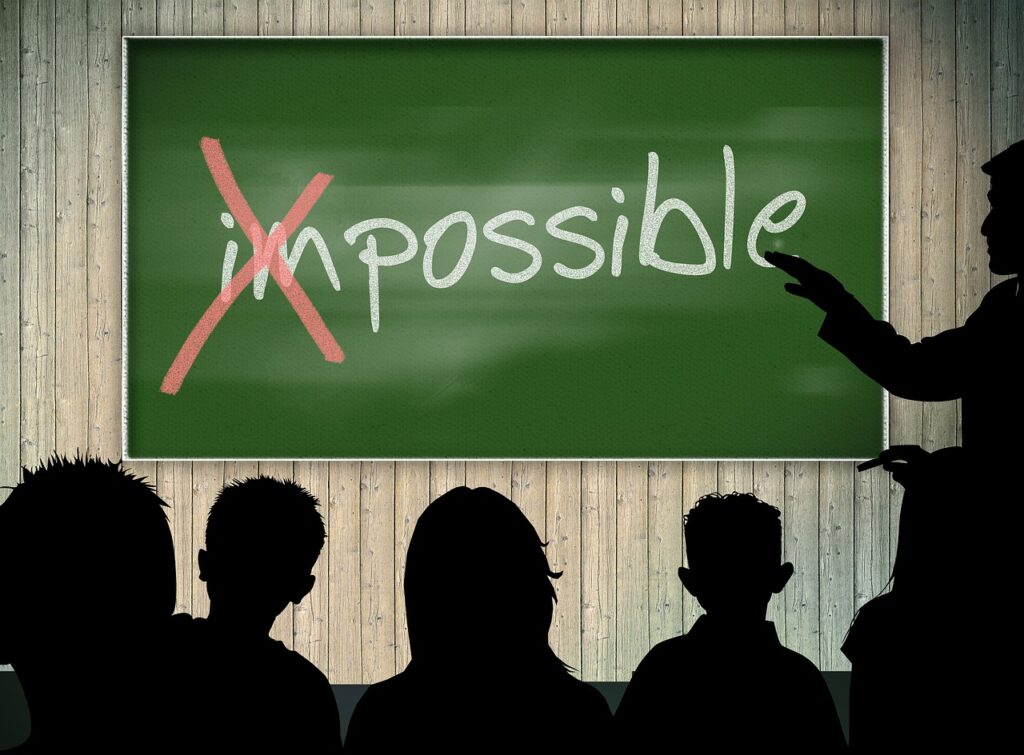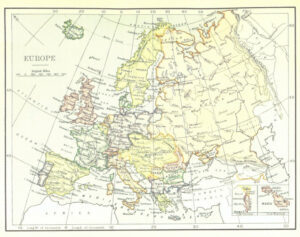The Importance Of Words On Walls
“William – hurry up! It’s time for breakfast.”
I swept into my 5-year-old’s room and found him standing in his underpants.
“You’re not dressed!” I said with exasperation.
“I can read my skeleton poster,” he said.
I paused mid-tirade. He was excited. About reading!
“Skull, eye socket, upper jaw, lower jaw, neck.” He turned to me and smiled.
My mouth opened and closed a couple of times like a goldfish.
“Wow!” I finally uttered forgetting all about the cereal downstairs. I gave my son a big hug.
My son reads to me each night, but we usually read the boring, phonemic books sent home from school. Neither of us enjoy these books. Now he was reading scientific labels like ‘eye socket’ – voluntarily!
Then, I felt bad. I’d tried to convince my son to get rid of the skeleton poster. After painstakingly decorating his tiny bedroom with a cool Lego Batman duvet cover and an even cooler, large, framed Dark Knight poster, my son had insisted on sticking up the skeleton poster with Blu-Tack. Before the poster went up everything matched and the walls were clean and clutter-free. Now pictures and posters filled my son’s walls: the skeleton poster, a free Japanese calendar my husband brought home from work, and several ‘keep out’ signs stuck to the door (just like his big brother). So much for clutter-free walls…
Now, as I looked at the skeleton poster I had a realization. It was good for my son to have words all over his room. If they were there, he would read them, or at least try. If I wanted to help my son become a reader, I’d have to create a print-rich environment at home.
How A Print-rich Environment Helps Children Become Readers
After eleven years of teaching elementary school I, of all people, should appreciate the importance of creating a creating a print-rich environment.
“A print-rich environment helps foster skills needed for reading. Kids begin to discover cues that help them figure out words they see which lays the foundation for reading…If kids are in an environment that has labels, signs and charts, they will be exposed to letters, words and numbers early and make connections between the letters and the functions they serve.”
Magaly Lavadenz, Ph.D., language and literary specialist
When I taught, I had labels all over my classroom. I even encouraged the children to write their own labels. Yes, the handwriting was messy, but the labels not only encouraged them to read, but also got them writing. Other teachers had neat, color-coded, laminated labels on everything. But I knew that the one doing the work was the one learning (the teachers in this case). So, I encouraged my students to write the labels themselves.
“A print-rich classroom supports beginning reading acquisition. Children benefit from having text to read in their environment if they are going to become readers (Neuman, 2004). This means that teachers should display text throughout the classroom…”
Susan Neuman
Why was I now suddenly worried about the appearance of my house? Wasn’t my real priority encouraging my children to learn? I needed to ensure our home environment was full of words.
After my skeleton poster epiphany, I decided to make sure my home was full of words on walls. Here are some ways you can create a print-rich environment at home to help your children become readers.
- Hang posters, even if you have to use Blu-Tack. There are many options depending on the interests of your child. Here are some fun themes to consider: dinosaurs, Minecraft characters, the human body, world populations, maps, charts, and even homemade signs.
- Hang a calendar in the room of your older child and teach him/her how to use it. For more on this, read How To Hand Over More Responsibility To Your Children.
- Label toy boxes and containers – Remember, it doesn’t have to look perfect. I put this off because I wanted to type up neat, matching labels. After my print-rich epiphany, I gave my sharpies to my sons and let them create their own labels. I let go of my perfectionism.
- Hide words around the house and let your children find and read them.
- Leave your cereal boxes on the table during breakfast. As a child, I spent many mornings reading the cereal boxes on our breakfast table. More than once I’ve lamented the fact that today’s cereal boxes don’t contain secret decoder rings hidden among the Cheerios with secret messages on the back of the box to decode. I’m leaving the cereal boxes on the table anyway.
- Strategically place boxes of books all over the house: in the living room, bedrooms, even in the car. When my children get bored in the car, they often look at books. Just make sure you’re not driving on winding roads when they read.
- Have fun creating a print-rich environment together. Children love opportunities to create their own posters and signs, especially if they know you’re going to hang them up!
The next time your child wants to hang up an ugly, print-rich poster, I hope you think twice about discouraging him/her. I know I will.





